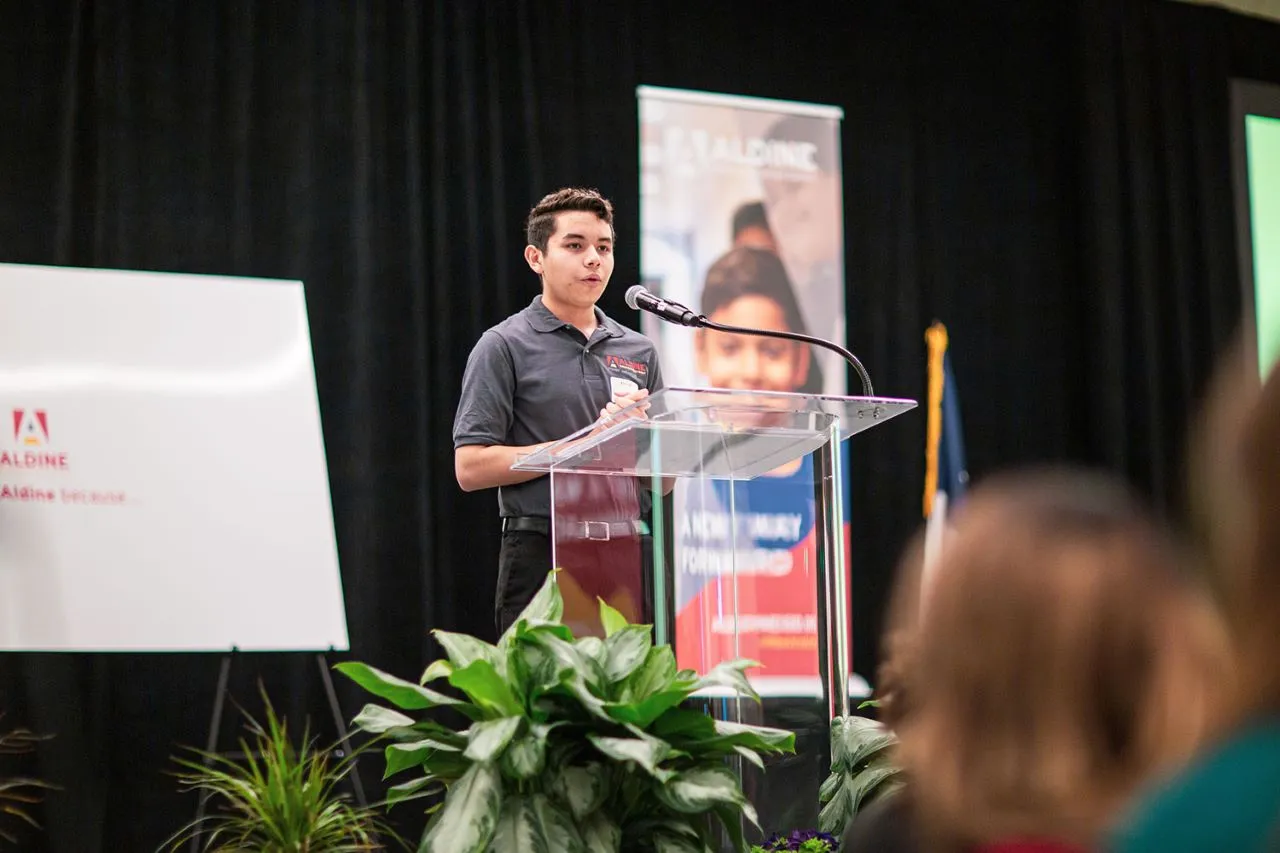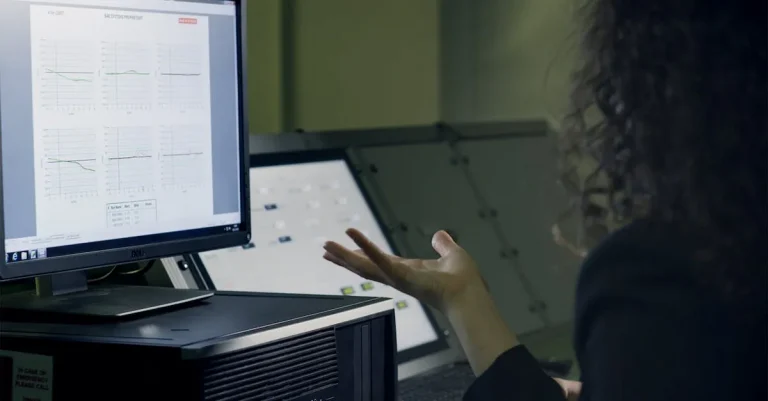Summer Science Program Acceptance Rates: An In-Depth Look
Summer science programs allow high school students to get a taste of college-level academics and research. Programs like RSI, SSP, and MITES attract some of the brightest STEM students across the country. With such prestigious programs come extremely competitive admissions.
So what are the acceptance rates for top summer science programs?
If you’re short on time, here’s a quick answer: Acceptance rates for selective summer science programs range from around 5% to 15%. The most competitive programs, like RSI and SSP, have acceptance rates under 10%.
Research Science Institute
Overview of RSI
The Research Science Institute (RSI) is a highly prestigious and competitive summer science program for high school students. It is run by the Center for Excellence in Education (CEE) in collaboration with the Massachusetts Institute of Technology (MIT).
RSI provides a unique opportunity for students to engage in cutting-edge research and gain exposure to various fields of science, technology, engineering, and mathematics (STEM).
RSI is a six-week residential program that takes place on the MIT campus in Cambridge, Massachusetts. It attracts some of the brightest young minds from around the world who are passionate about scientific research.
The program offers a rigorous curriculum that includes lectures, laboratory work, and hands-on projects. Students work closely with leading researchers and mentors in their chosen field of study.
Participating in RSI not only allows students to deepen their knowledge and skills in STEM, but it also helps them develop critical thinking, problem-solving, and collaboration abilities. RSI alumni have gone on to achieve great success in their academic and professional careers, with many becoming leaders in their respective fields.
RSI Acceptance Rate and Statistics
The acceptance rate for RSI is extremely low, making it one of the most competitive summer science programs in the world. Each year, hundreds of students from across the globe apply for a limited number of spots in the program.
While specific acceptance rates may vary from year to year, it is not uncommon for the acceptance rate to be less than 5%. This means that the majority of applicants are not accepted into the program. The rigorous selection process takes into account academic achievements, research experience, letters of recommendation, and personal statements.
It is important to note that being rejected from RSI does not diminish a student’s abilities or potential. The program receives an overwhelming number of highly qualified applicants, and the selection committee must make difficult decisions.
For more information about RSI and the application process, visit the official CEE website.
MITES and Other MIT Programs
When it comes to summer science programs, the Massachusetts Institute of Technology (MIT) offers some of the most prestigious and sought-after opportunities for high school students. One of the most well-known programs is MITES (Minority Introduction to Engineering and Science).
MITES is a six-week residential program that aims to increase the representation of underrepresented minority students in science and engineering fields.
MITES Acceptance Rate
The acceptance rate for MITES is highly competitive, with hundreds of applications received each year for only around 80 spots. This means that the acceptance rate for MITES is typically less than 10%.
The program looks for students who have demonstrated a strong interest in STEM subjects, as well as academic excellence and a commitment to diversity and inclusion.
MITES provides students with a challenging curriculum that includes math, physics, chemistry, and biology, as well as hands-on laboratory experiences and research projects. Participants also have the opportunity to engage with MIT faculty and researchers, attend workshops and seminars, and explore the vibrant city of Cambridge, Massachusetts.
Acceptance Rates for MIT SPLASH, TASO, etc.
In addition to MITES, MIT offers several other summer programs for high school students interested in science and engineering. These programs include MIT SPLASH (Students Programming Learning and Sharing), TASO (Teacher-Assisted Student Outreach), and many more.
The acceptance rates for these programs vary depending on the number of applications received and the available spots. While exact acceptance rates may not be publicly available, it is safe to assume that these programs are also highly competitive, given the reputation of MIT and the quality of the programs offered.
MIT SPLASH, for example, is a weekend-long program where high school students can take a variety of classes taught by MIT students. The program provides a unique opportunity for students to explore their interests in a wide range of subjects, from computer science to biology to art.
TASO, on the other hand, focuses on outreach to underrepresented students in science and engineering. It pairs high school students with MIT undergraduate mentors who provide guidance and support throughout the college application process.
SSP – Summer Science Program
Profile of SSP Admitted Students
The Summer Science Program (SSP) is a highly competitive program that offers students the opportunity to engage in hands-on scientific research during the summer months. The program is designed for high school students who have a strong interest in science and mathematics, and who are looking to further their knowledge and skills in these areas.
The profile of admitted students to the SSP is impressive, with participants coming from diverse backgrounds and demonstrating a passion for scientific exploration.
Admitted students to the SSP typically have a strong academic record, with a focus on STEM subjects. They have shown exceptional dedication to their studies and have often excelled in science and math competitions.
Many participants in the program have already conducted independent research projects or have completed advanced coursework in their chosen fields. Additionally, admitted students often possess strong critical thinking and problem-solving skills, as well as a genuine curiosity and passion for scientific inquiry.
SSP Acceptance Rate
The acceptance rate for the Summer Science Program is highly competitive, with a limited number of spots available each year. Due to the program’s rigorous nature and the high level of interest from qualified applicants, the acceptance rate can vary from year to year.
While there is no official acceptance rate published by the SSP, it is estimated that the program accepts around 10-15% of applicants each year. This low acceptance rate is a testament to the program’s selective nature and the high caliber of students who apply.
It is important for prospective applicants to carefully review the program’s eligibility requirements and to submit a strong application that highlights their academic achievements, research experience, and passion for science.
For more information about the Summer Science Program and its acceptance rate, you can visit their official website here.
PROMYS and Math Programs
PROMYS Acceptance Information
PROMYS (Program in Mathematics for Young Scientists) is a highly prestigious and competitive summer math program for high school students. It is an intensive six-week program that focuses on exploring advanced mathematical concepts and problem-solving skills.
The acceptance rate for PROMYS is quite low, typically around 10%. This means that out of thousands of applicants, only a small fraction are admitted into the program.
One of the reasons for the low acceptance rate is the rigorous application process. Prospective students are required to submit an application form, academic transcripts, recommendation letters, and solve challenging math problems.
The selection committee carefully reviews each application to identify students who demonstrate exceptional mathematical ability, passion, and the potential to benefit from the program.
PROMYS is known for its strong emphasis on collaboration and open-ended exploration. It provides an intellectually stimulating environment where students can immerse themselves in mathematics and work closely with leading mathematicians.
This unique approach attracts top-caliber students from around the world, making the competition for acceptance even more fierce.
Admissions Statistics for Other Math Camps
While PROMYS is undoubtedly a highly selective program, there are several other math camps that also have competitive acceptance rates. For example, MathCamp, a summer program for talented high school students interested in mathematics, typically accepts around 20-25% of applicants.
MathPath, another well-regarded math camp, has an acceptance rate of approximately 30%.
It is important to note that acceptance rates can vary from year to year and may depend on factors such as the number of applicants and the program’s capacity. Additionally, each math camp has its unique selection criteria and focuses on different aspects of mathematical exploration.
If you are interested in attending a math camp, it is essential to thoroughly research the programs you are interested in and carefully prepare your application. Take advantage of the resources available, such as past participant testimonials and guidance from teachers or mentors.
Remember, even if you don’t get accepted into your top-choice program, there are many other opportunities to further your mathematical journey and expand your horizons.
Tips for Getting Accepted
Stand Out with Research and Awards
One of the best ways to increase your chances of getting accepted into a summer science program is to stand out from the crowd. One way to do this is by showcasing any research projects you have worked on.
Whether it’s a high school science fair project or a collaboration with a local university, having research experience can demonstrate your passion and dedication to the field. Additionally, if you have received any awards or recognition for your work, be sure to highlight these in your application.
Not only do they showcase your abilities, but they also demonstrate that others in the scientific community have recognized your talent.
Furthermore, it can be helpful to explain the significance of your research and how it aligns with the goals of the summer science program you’re applying to. This shows that you have a clear understanding of the program’s focus and how your own interests and experiences align with it.
Target Reach, Match, and Safety Programs
When applying to summer science programs, it’s important to have a balanced strategy. This means targeting a mix of reach, match, and safety programs. Reach programs are those that may be more competitive and have lower acceptance rates, but offer the opportunity to learn from top researchers in the field.
Match programs are those that align well with your interests and qualifications, offering a good chance of acceptance. Safety programs, on the other hand, are programs where you are highly likely to be accepted.
By targeting a mix of these programs, you increase your chances of securing a spot in at least one summer science program. It’s important to research and carefully select programs that align with your interests and goals.
Look for programs that have a strong reputation, experienced faculty, and a curriculum that matches your areas of interest. Additionally, consider programs that offer opportunities for hands-on research, as this can greatly enhance your learning experience.
Remember, the summer science program application process can be competitive, so it’s important to put your best foot forward. By showcasing your research and awards, and strategically targeting a mix of reach, match, and safety programs, you can increase your chances of getting accepted into a summer science program and have an amazing learning experience!
Conclusion
Gaining acceptance to elite summer science programs requires exceptional academics, test scores, and research experience. While programs like RSI and SSP admit fewer than 10% of applicants, students can improve their chances by targeting programs that fit their profile and highlighting unique qualifications.
With strategic planning and dedication, motivated high schoolers can access amazing STEM learning opportunities through summer science camps.







